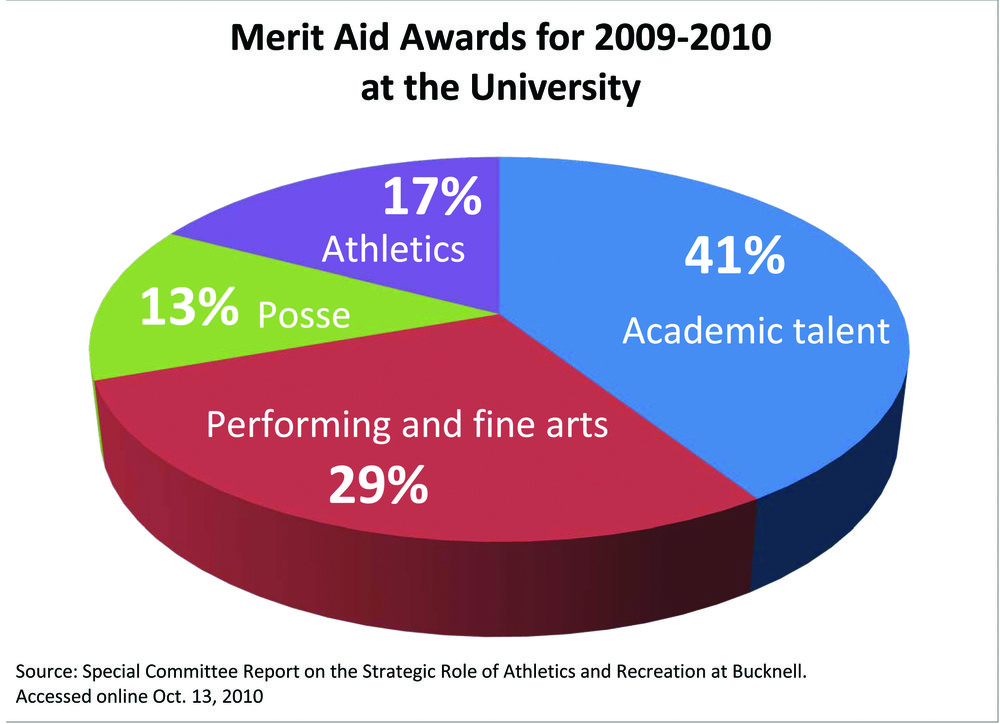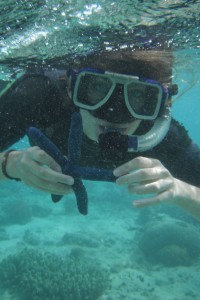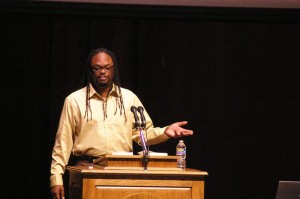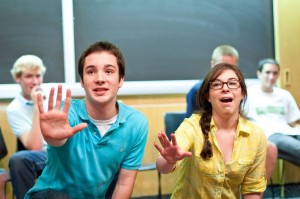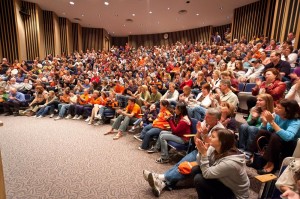By Courtney Flagg
News Editor
The University will begin construction to establish infrastructure for a new academic building and prepare for new student housing as early as spring 2011.
Academic West is advertised as “a first-class learning, teaching and research facility” that will “mark the extension of the academic life of campus south of the library on the great model of the classic academic quad at the heart of the University,” according to a fundraising booklet from Development and Alumni Relations.
The Board of Trustees approved the University’s decision to proceed with preparations for Academic West in September, said Tom Evelyn, senior director of news and media relations.
The Board’s discussion of Academic West began with the completion of the campus master plan several years ago.
“We will host a groundbreaking for this infrastructure development on Saturday, Nov. 13, during the next Board of Trustees meeting,” Evelyn said.
The total estimated cost of Academic West, based on current tentative construction plans, is approximately $24 million.
“It is the University’s intention that the cost of the building, either in whole or in significant part, will be funded by donors at various levels of giving who invest in this important academic facility,” Evelyn said.
The University has already received a significant gift from a “friend of the University” totaling $6 million that will be applied to construction of the complex.
“The University is currently conducting an aggressive fundraising effort for the remaining costs of the facility, including discussions with a variety of potential donors about ways they may want to fund the building’s construction, including such opportunities that would provide for naming the building itself, various classrooms and laboratories in the building and other spaces that donors can help name with generous contributions,” Evelyn said.
Key features of Academic West include an added 70,000 square feet of space to the University’s catalog of classrooms, offices, laboratories and meeting areas and a three-story building that will form the west side of the new social science quad extending south from Bertrand Library.
Academic West will include a Geographic Information Systems Lab, a Geography lab, a teaching/research lab, an extra-large classroom, three conference rooms, four large classrooms, four medium classrooms and four hearth spaces as well as a needed supply of 59 faculty offices as well as various new classrooms.
“To suit different purposes, several classrooms in Academic West will feature tiered seating that can accommodate a lecture or create an intimate environment for a seminar,” according to the fundraising document.
The construction of Academic West will provide some difficulty.
“Any new construction project unfortunately leads to some inconvenience for people in that area, such as construction noises and interference with parking. The University will do its best to minimize the inconvenience as it develops these important additions to the University’s campus,” Evelyn said.
Two fraternities, Kappa Delta Rho and Lambda Chi Alpha, need to be relocated for Academic West to begin construction. The University is working out arrangements for doing so with representatives of both fraternities, as residents need to be moved to new houses further south of Bertrand Library.
Construction of the new “loop” road, site preparation and fraternity relocation will begin this spring and is anticipated to end late next fall. Construction on Academic West and new student housing is expected to begin spring 2012 and will likely be completed during summer 2013.
Construction dates of Academic East and the new Arts Building have yet to be determined.
The goal is to complete fundraising for Academic West so that the building can open by fall 2013.
